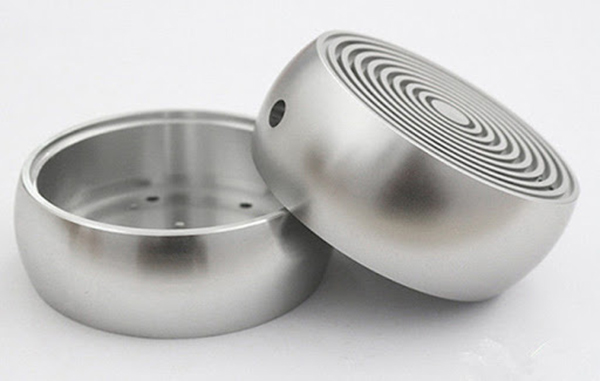When new products are designed, prototypes have to be created. How long these prototypes are made will affect how fast the product is developed and reached the market.
Prototyping can be challenging when there is a complex design and requires multiple components. Plus, there is tooling. Luckily, there are plenty of rapid tooling techniques for clients and manufacturing to choose from.
We all know the importance of rapid tooling in prototyping. Faster prototype production means the faster the design can be tested for form and function.
However, some manufacturers are still unsure if the rapid tooling technique they have chosen can guarantee positive results and outcomes. Choosing the right tooling technique is challenging because there are plenty of selections. This is why you need to have a deeper understanding of the various rapid tooling techniques.
In this article, we will help you get familiar with the different types of rapid tooling methods that could bring your production to the next level.

rapid prototyping metal parts*
Questions to Help Choose the Selection of Rapid Tooling Method
Modern technology has created different methods for rapid tooling. Each of them has its unique benefits that you simply cannot ignore. To help you select the best, you should answer the following questions:
- What is the quantity needed?
- What are the characteristics of the material you will need for the prototype? For the product?
- What is the estimated budget?
- What is your timeline? It will determine the process used.
- What stage of product development are you at right now?
- Do you need to make modifications?
- What is the life expectancy of the part?
Rapid Tooling Techniques and What it is For
Hard Tooling
One of the most familiar methods in rapid tooling is hard tooling. This is applicable for engineered parts and components that require higher tolerance. Aside from the hard tolerance requirement, hard tooling is also appropriate for testing and experimentation.
According to experts, hard tooling is a convenient technique for parts that have more functional uses. The only drawback of this method is it takes longer to make and it could be costly.
Before selecting this technique, you should know the capability of your designed part. It will also give you plenty of opportunities for verification and modifications while production is ongoing.
Urethane Mold Technique
There are things to consider before choosing this rapid tooling technique. First, you have to fully understand this method. It is highly recommended for low-volume manufacturing. If you need a minimal quantity of parts for marketing samples and validation, then you should consider the urethane mold technique.
Compared with other rapid tooling methods, the urethane mold technique is the least costly. However, it has a shorter lifespan. This is why it is not recommended for industrial use. The secret to selecting the right tooling method is choosing the one that will fulfill your production needs and requirements.
Soft Tooling
An alternative rapid tooling technique is soft tooling. This type is very dependable and the most preferred in injection molding manufacturing. It is because it has a shorter turnaround time and is affordable.
Compared with the urethane mold technique, soft tooling can make large quantities of parts and is versatile with materials. Among all tooling techniques, soft tooling is the most ideal as it can meet all your requirements.
Conclusion
These are some of the considerations when choosing the right tooling technique. Make sure that you partner with a reliable rapid tooling service provider to get the best quality and fulfill your requirements.
Reference
*Image from http://www.cncmachiningprototype.com/
